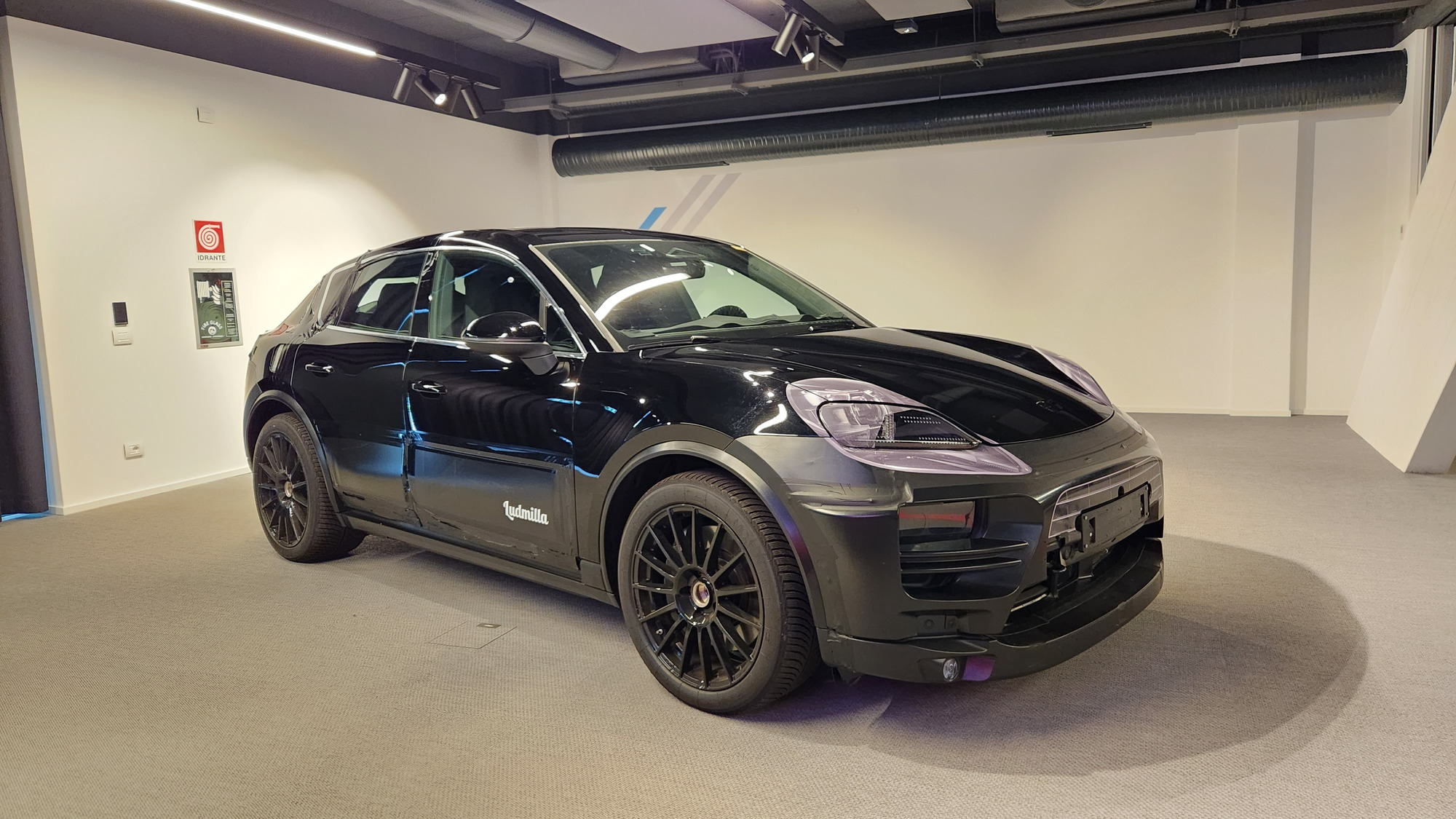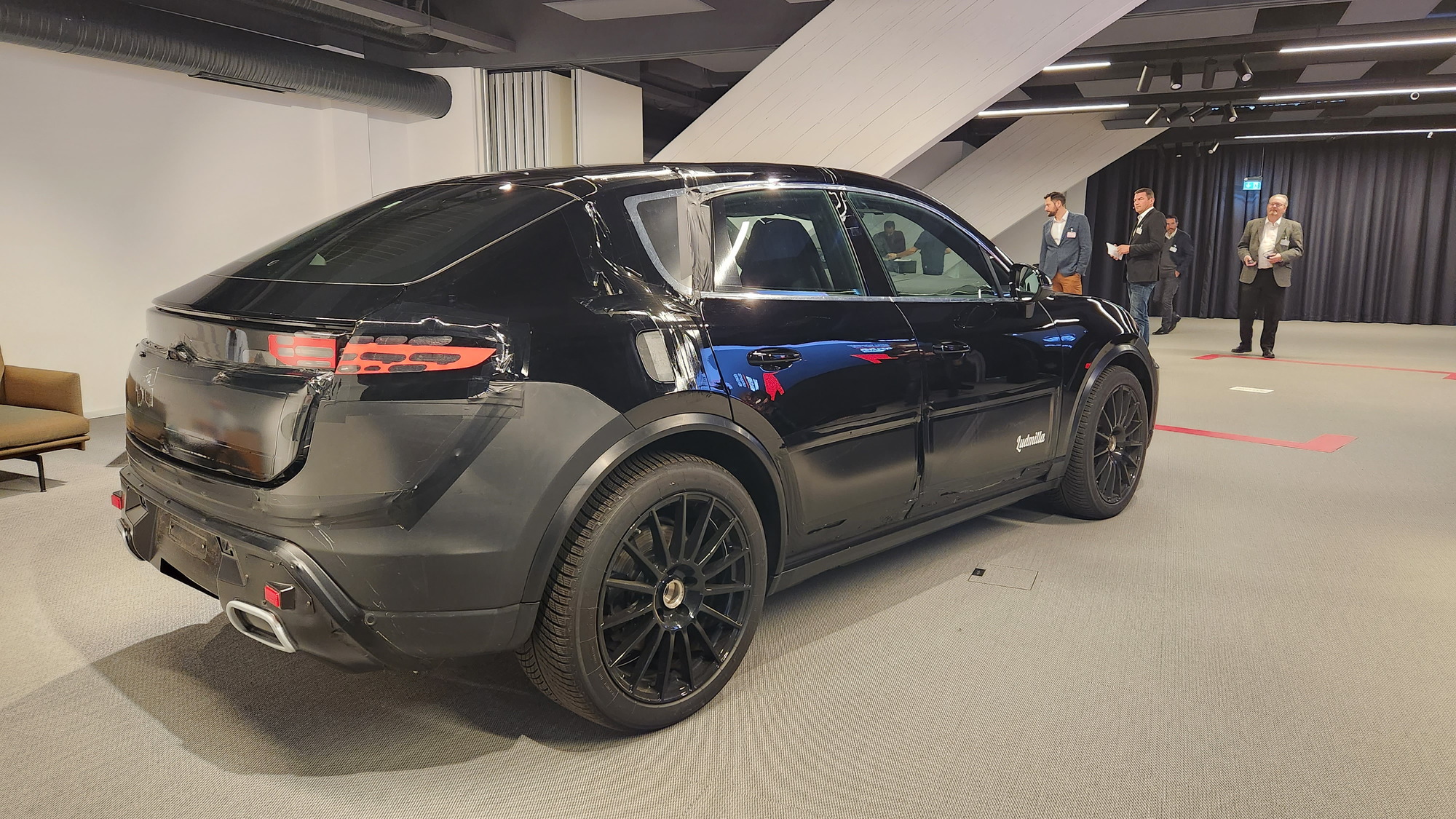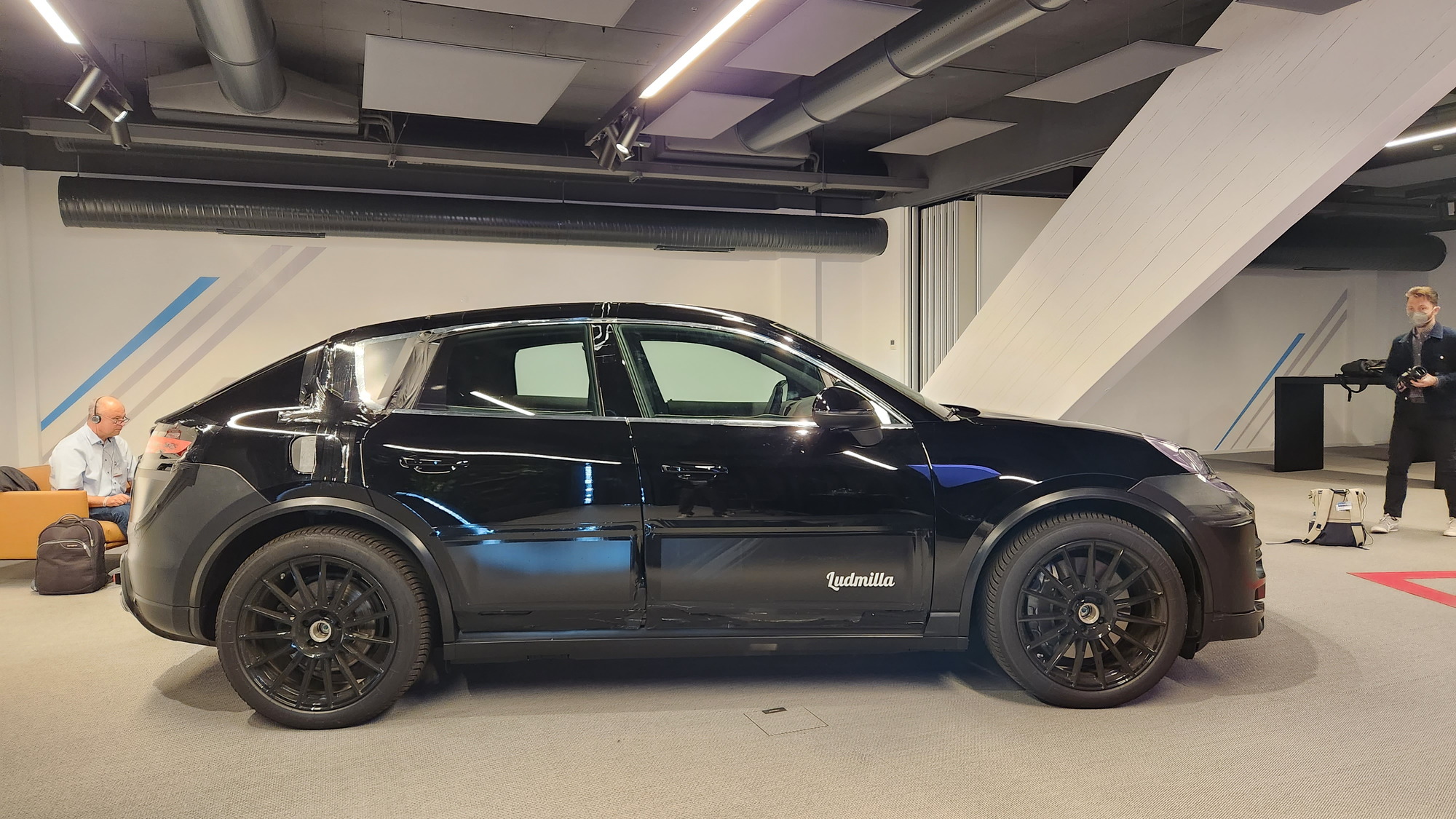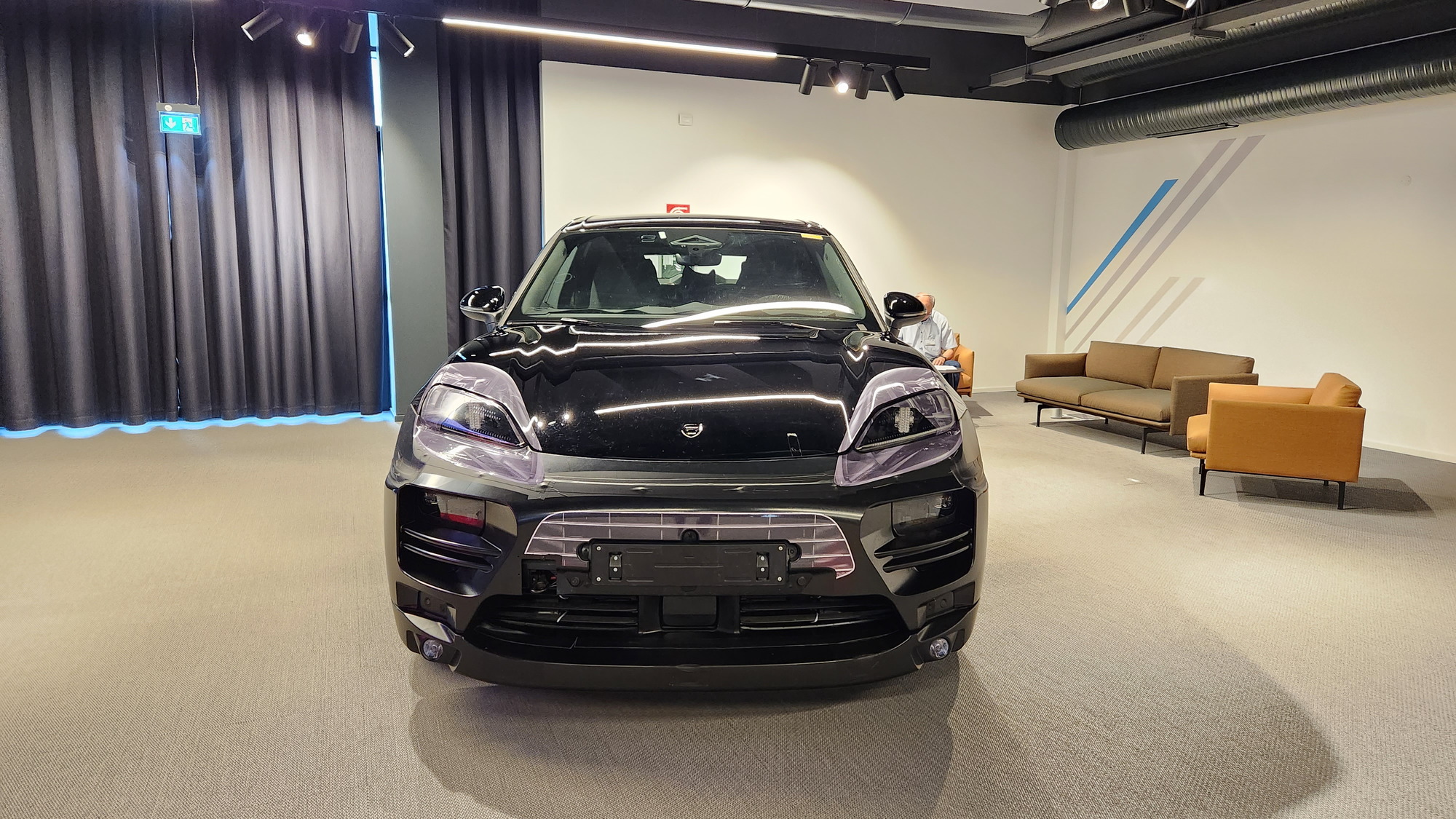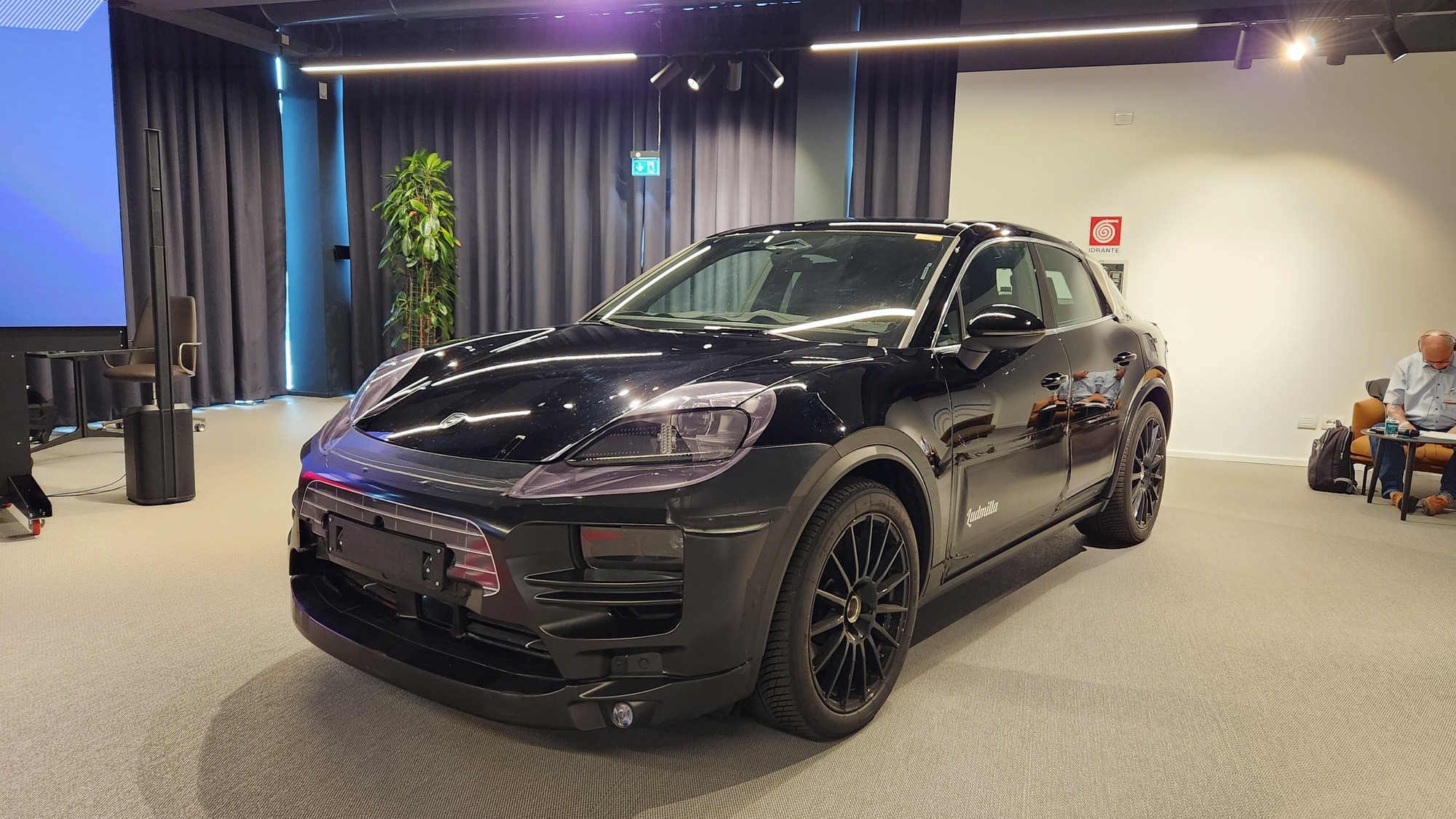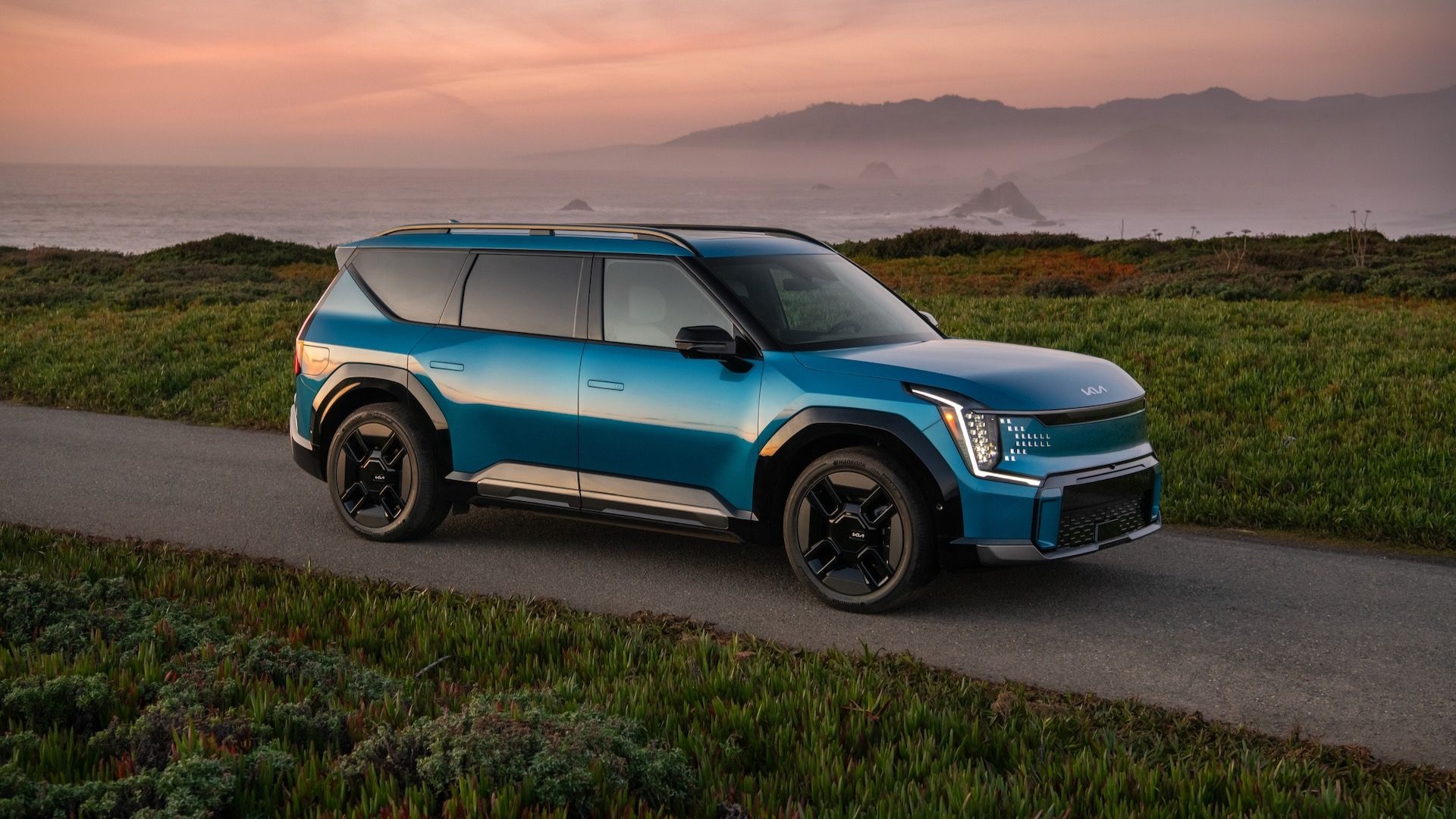When it goes on sale during the first half of 2024, the Porsche Macan Electric will have been a long time coming. It arrives more than four years after the Taycan, Porsche’s first electric model. It won’t be the first electric five-seat crossover on the market by a long shot. The German performance-car brand promises it will be the sportiest.
The battery-electric Macan will be the first vehicle to use the VW Group’s new electric-car architecture for high-end brands. Known as PPE (for Premium Platform Electric), it will underpin future EVs from Audi, and Bentley. It joins the MEB mass-market platform already in production, for the Volkswagen ID.4 and Audi Q4 E-Tron among others. PPE supplants Porsche’s J1 platform (Taycan, Audi E-Tron GT) and Audi’s MLB-Evo (Q8 E-Tron, Q8 E-Tron Sportback).
PPE: from SUVs to sport sedans
Unlike J1, PPE is designed to offer varied wheelbase, track, and ground clearance dimensions. That lets it accommodate a variety of vehicles—both passenger cars and SUVs—from three quite varied brands. Indeed, while Porsche’s first PPE vehicle is the electric Macan SUV, Audi’s counterpart is expected to be the A6 E-Tron mid-size sedan, for which a concept appeared 18 months ago, along with an A6 E-Tron Avant wagon which likely won’t be sold in North America.
The delay of more than a year in the launch of PPE vehicles—from the 2022 originally to 2023 and now to 2024—does not reflect problems in battery development or the rest of the electric powertrain. In July, Bloomberg reported Volkswagen Group's replacement of its CEO was due to delays in model launches at Audi, Bentley and Porsche caused by software issues. Every carmaker has faced the challenge of designing and launching entirely new electrical architectures that permit over-the-air updates, higher levels of connectivity and infotainment, and centralized control of all vehicle functions. VW Group’s delays in doing so cost CEO Herbert Diess his job.
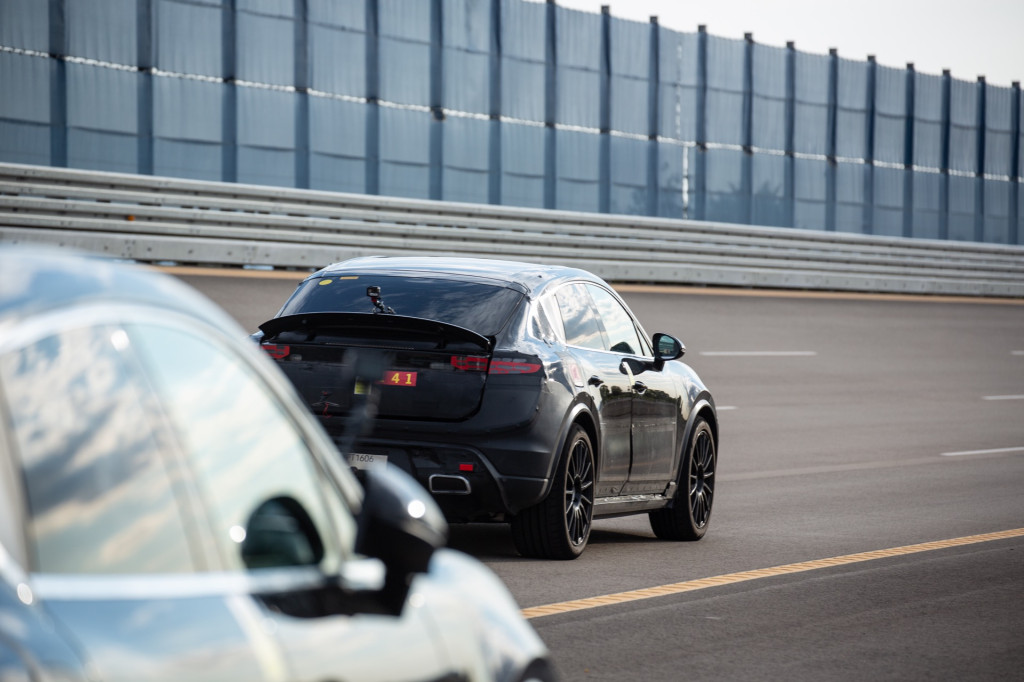
Porsche PPE chassis prototype -
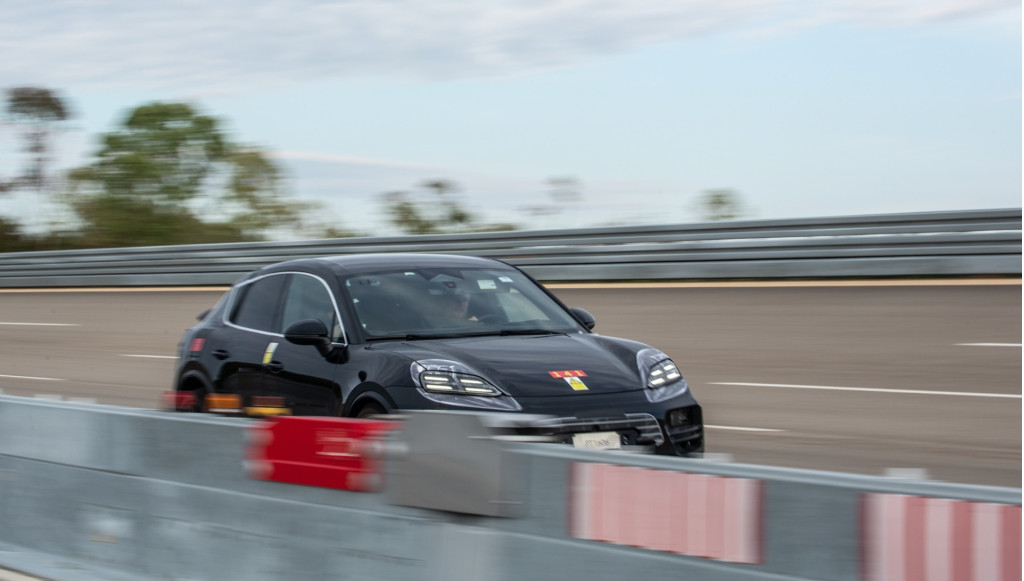
Porsche PPE chassis prototype -
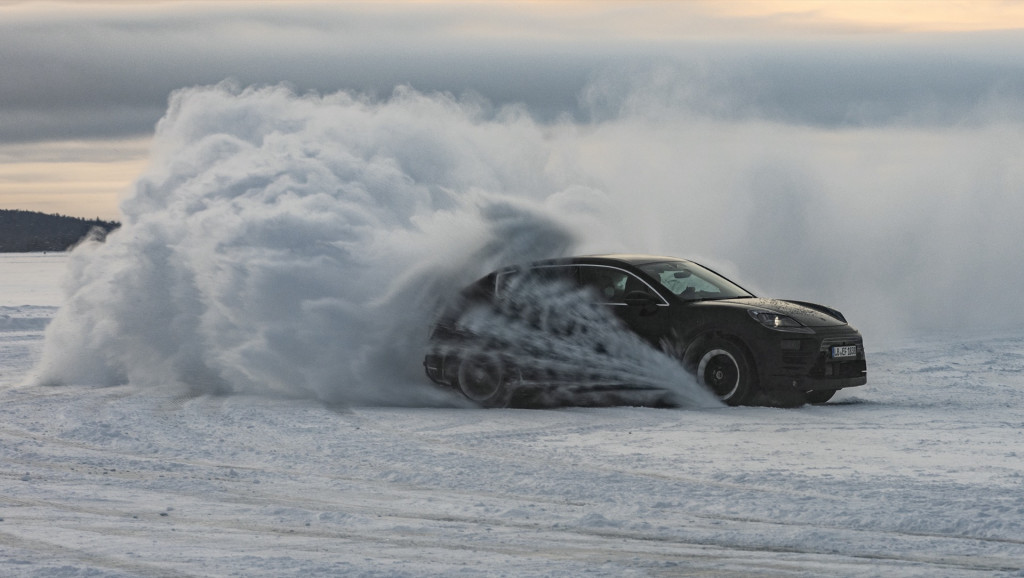
Porsche PPE chassis prototype -
PPE has been designed for “high-volume” vehicles that will be profitable, at least in the Porsche and Audi context. The Macan Electric must sell in substantial numbers if Porsche is to meet its goal of more than 80 percent of its vehicle deliveries being battery-electric by 2030. The Taycan has been a sales success, with 100,000 sold over three years. But with prices largely in six figures, it cannot deliver anywhere near the numbers of the gasoline Macan, now being built at a rate of 80,000 a year. Over time, sales of the electric Macan must rise to that volume as well.
A lot of Porsche for Audi?
The new PPE platform was a joint effort of Porsche and Audi, but from the technical information released Monday, it seems to have quite a lot of Porsche in it. Discussions with engineers from both brands over the past few years suggested a fair degree of combativeness between the two brands, rivals within the sprawling VW Group, over features and technical solutions.
The PPE battery runs at 800 volts, like the Taycan, and can charge at 270 kw and higher. Porsche quotes DC fast-charging times of 25 minutes for a recharge from 5 to 80 percent of battery capacity; as always, that presumes ideal conditions, including battery temperature and ambient temperature, along with a charging station that can reliably deliver the necessary power.
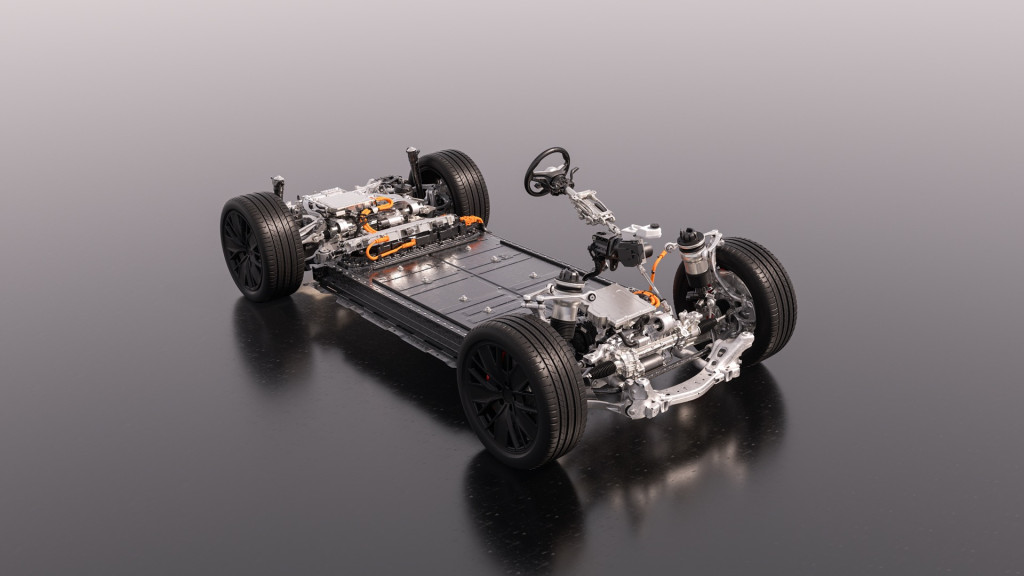
PPE platform for VW Group, developed by Porsche/Audi
The battery of the Macan Electric uses prismatic cells arranged into 12 modules to produce a usable battery capacity of 98 kwh in a pack with a total capacity of “around 100 kwh” (slightly higher than the 93.4 kwh in the Taycan’s Performance Battery Plus). Porsche feels that capacity offers an appropriate tradeoff between added weight and optimal recharging to minimize travel time. Porsche didn’t discuss target range ratings for the electric Macan, but one Macan exec said confidently it would be “a lot more than the Taycan.”
In all-wheel-drive form, the rear motor is more powerful than the front motor, as in the Taycan. Porsche has rearranged the magnets within its permanently excited synchronous electric motors (PSMs), which offer higher power and torque densities. The combined output of both motors, at least “initially,” is quoted at 450 kw (603 hp) and 740 lb-ft or more of torque.
"Bank charging" to use 150-kw DC stations
For trips in which 800-volt charging is not available, Porsche has moved past the Taycan’s optional DC-DC converter—which required buyers to pay an extra $460 for the ability to fast-charge at more than 50 kw at more common 150-kw DC stations. The PPE architecture uses what Porsche called “bank charging” to split the 800-volt battery into a pair of parallel 400-volt virtual packs that can simultaneously be charged at a 150-kw station. If needed, the car will equalize the two halves’ state of charge before recharging begins.
It’s effectively the reverse of the way GM’s battery engineers provided 800-volt charging on its 400-volt GMC Hummer EV. There, a series/parallel switch connects two 400-volt packs sitting on top of each other. For PPE vehicles, the switch works in reverse to split an 800-volt pack into two 400-volt batteries. And it eliminates the need for that extra DC-DC converter.

PPE platform for VW Group, developed by Porsche/Audi
For the Macan Electric, the front suspension uses double wishbones, while the multi-link rear suspension follows best sports-car practice. Wheels up to 22 inches will be used, along with performance tires. Porsche’s Dominik Hartmann, in charge of Macan chassis development, said the variation between front and rear wheels will be more pronounced than in today’s Macan.
Porsche returns to the rear motor
The most interesting feature of the rear drive system is that it sits crosswise not in the center axis of the wheels but slightly behind them. This allows not only gearing but a more rear-dominant driving feel. Weight distribution of the Macan Electric will be roughly 48 percent front, 52 percent rear, far from the typical front-wheel-drive crossover utility. That rear drive unit is attached directly to the body.
No reporter directly asked whether the rear-engine heritage of the iconic Porsche 911 played into this decision, but at a minimum, it’s hard to escape the parallel.
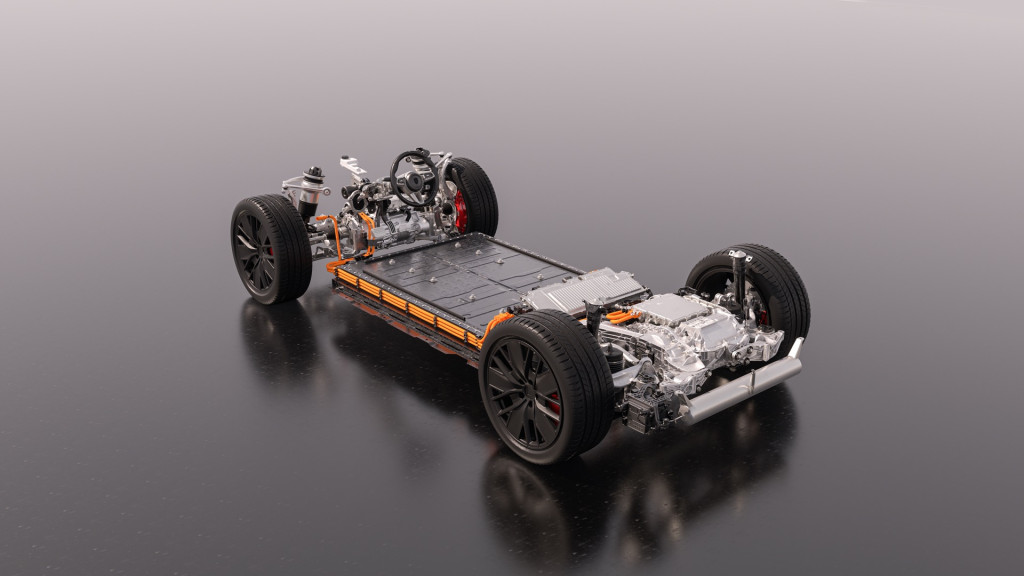
PPE platform for VW Group, developed by Porsche/Audi
The most powerful versions of the Macan Electric will have a fully variable rear differential and a so-called "performance rear axle" with an electronically controlled rear differential lock. One final technology for improved efficiency is the use of silicon carbide rather than silicon in the rear-axle power inverter. This reduces electrical losses and offers power switching at higher frequencies.
"Ludmilla" on display
Along with holograms of its 3-D powertrain renderings, one vehicle was shown to reporters at a media preview last week at the Porsche Experience Center in Franciacorta, in Italy’s Lombardy region.

Porsche PPE chassis prototype -
Nicknamed "Ludmilla," it was an early chassis prototype, cobbled together even before Vehicle Identification Numbers were issued for the development vehicles. To distinguish among the different chassis test mules, all painted black, the engineers named them—invariably using women’s names. Porsche said it has already built 141 Macan Electric development vehicles.
In North America, the current Macan and the new Macan Electric will be sold side-by-side for at least a year and perhaps more.
Porsche provided airfare, lodging, and meals to enable Green Car Reports to bring you this first-person report.
